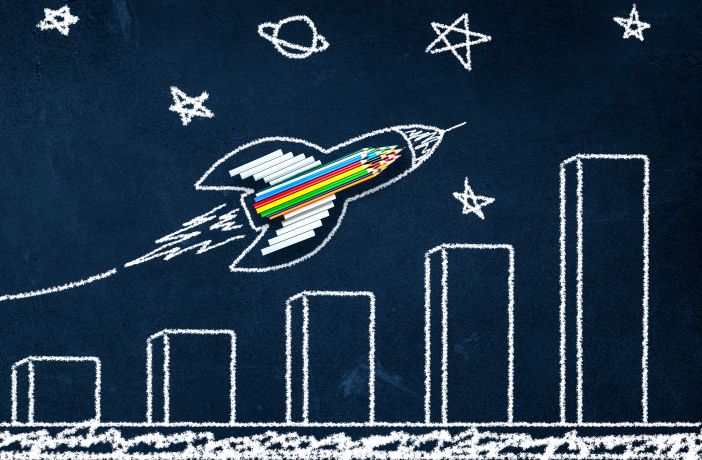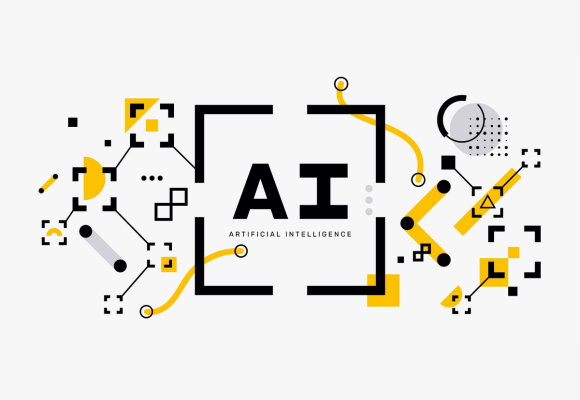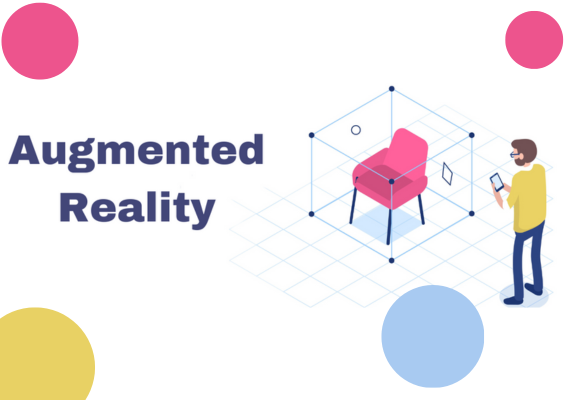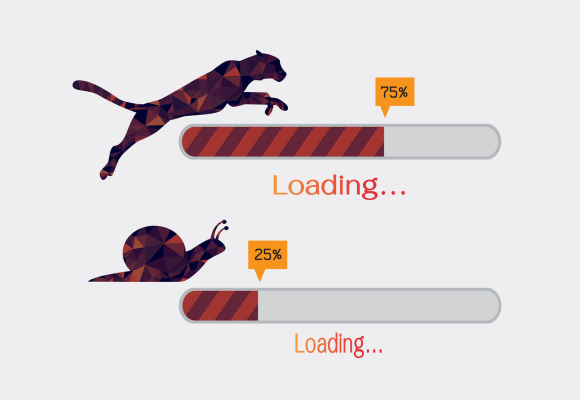December 07, 2023
The world of web development has come a long way since its inception. From its humble beginnings of static HTML websites to the promising future of Web 3.0, the journey has been nothing short of remarkable. Read on to journey through this evolution, highlighting the key milestones and exciting possibilities that lie ahead.
Early Days of Web Development (HTML and Static Websites)
Back in the early days of the internet, web development was a far cry from what it is today. The primary building block of websites was HTML (Hypertext Markup Language), which allowed developers to create basic web pages. These static websites were simple and lacked interactivity, resulting in a one-dimensional online experience.
These early websites felt more like digital brochures than interactive platforms. That was the essence of web development in the era of HTML. While it served its purpose of sharing information, it had its limitations. Users couldn't perform dynamic actions like submitting forms or engaging in real-time interactions. It was akin to reading a book, with no room for discussion or participation.
Introduction of CSS and Dynamic Web Content (Web 1.0)
The next significant milestone in the evolution of web development was the introduction of CSS (Cascading Style Sheets) and the concept of dynamic web content, often referred to as Web 1.0. CSS brought a breath of fresh air to the design and layout of web pages. It allowed developers to separate the content from its presentation, making websites more visually appealing.
Web 1.0 also saw the advent of JavaScript, which enabled basic client-side interactivity. Suddenly, websites could validate forms, create image rollovers, and provide a more engaging user experience. It was like moving from a static painting to a pop-up book– a significant leap in the right direction. If you remember the ubiquitous splash pages of the late 90s/early 00s, you’ll recall that it’s also possible to have too much of a good thing!
The Rise of Web Applications (Web 2.0)
Web 2.0 marked a pivotal shift in the web development landscape. It ushered in the era of web applications. During this time, the internet became more than just a source of information. With the rise of technologies like AJAX (Asynchronous JavaScript and XML), web pages could update without needing a full reload. This made real-time communication and interactive web experiences a reality.
Social media platforms, collaborative tools, and streaming services emerged as prime examples of Web 2.0's capabilities. Users could now actively participate in discussions, collaborate on projects, and stream their favorite content, all within the confines of a web browser. The internet transitioned from a one-way street to a bustling communication highway.
Introduction to Web 3.0 and Decentralized Technologies
Web 3.0, often referred to as the semantic web, is poised to be the next major leap in web development. This evolution promises a paradigm shift in the way we interact with the internet. Advocates of Web 3.0 are hoping for increased data privacy, security, and a more personalized online experience.
At the heart of Web 3.0 are decentralized technologies, blockchain being a prime example. These technologies eliminate the need for intermediaries and put users in control of their data. With decentralized identity systems, users can manage their online personas without relying on centralized authorities, enhancing their digital privacy.
Blockchain's distributed ledger technology has the potential to revolutionize various industries, from finance to supply chain management. Smart contracts, which are self-executing agreements built on blockchain, offer unprecedented transparency and trust in online transactions.
Challenges and Opportunities in Web 3.0 Development

As exciting as the prospects of Web 3.0 are, they come with their own set of challenges. One of the key hurdles is mass adoption. Transitioning to decentralized technologies requires a significant change in mindset and infrastructure. Users and businesses must adapt to these new paradigms, which could take time. And, blockchain isn’t without its critics.
The scalability of Web 3.0 tech is also under question. As more applications and services migrate to the blockchain, ensuring that the network can handle the load will be critical. Solutions like sharding and layer 2 scaling are being explored to address this concern.
Interoperability is another challenge. With the proliferation of various blockchain platforms and protocols, ensuring that they can communicate and share data becomes a complex task. Standards and protocols must be established to facilitate this interoperability.
Future Predictions and Trends
The future of web development is a promising one. Web 3.0, with its decentralized technologies, is set to revolutionize the internet as we know it. Here are a few new and existing trends to keep an eye on.
Blockchain Integration
The adoption of blockchain technology will continue to grow, with more applications and services integrating blockchain for enhanced security and trust.
Decentralized Finance (DeFi)
DeFi is already making waves, offering a decentralized alternative to traditional financial services. The trend of DeFi is likely to expand into new domains, further disrupting conventional financial systems.
NFTs and Digital Ownership
Non-Fungible Tokens (NFTs) have gained immense popularity, enabling digital ownership and unique collectibles. Despite controversy in recent years, expect more use cases and innovations in this space.
AI and Machine Learning
Artificial intelligence and machine learning will continue to play a significant role in web development, enabling smarter, more personalized user experiences and automation.
Privacy and Security
With an increased focus on data privacy and security, expect the development of more robust and user-centric solutions to protect personal information.
Next Steps for the World Wide Web
From static web pages to interactive applications and now the potential of decentralized technologies, the web continues to evolve. While challenges lie ahead, the opportunities for a more secure, private, and personalized online experience are abundant. Web developers and users alike will play a vital role in shaping the web's future.




